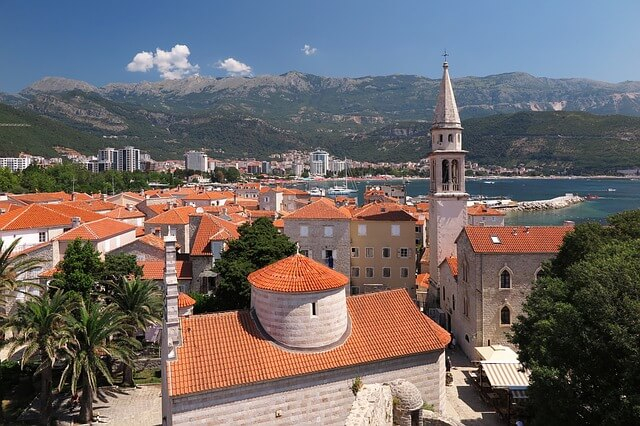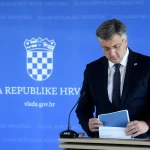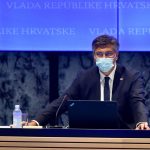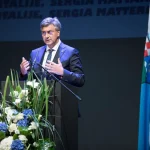The CEI was launched in Budapest in 1989, following the fall of the Berlin Wall, with the aim of assisting central and eastern European countries in joining the European Union.
The initial four members were Austria, Hungary, Italy and Yugoslavia. Austria has in the meantime withdrawn from this organisation, which now has 17 members. Apart from the countries of the former Yugoslavia, the members are: Albania, Belarus, Bulgaria, the Czech Republic, Moldova, Poland, Romania, Slovakia and Ukraine.
Nine CEI countries are now members of the European Union.
Today’s meeting in the coastal town of Budva will mark the end of Montenegro’s chairmanship of the CEI. Croatia held the chairmanship in 2018 and handed it over to Italy in 2019, when the organisation marked its 30th anniversary in Rome.
The Montenegrin government has announced the attendance of the prime ministers of Bulgaria, Croatia, Serbia and Slovenia. The Croatian delegation includes Interior Minister Davor Božinović and the Secretary of the Central State Office for Croats Abroad, Zvonko Milas.
The summit is expected to adopt a joint statement on further cooperation, with emphasis on development and European integration, and a road map for health and well-being in the Western Balkans until 2025.
The countries in the region are among the worst hit by the coronavirus pandemic in the world. According to the worldometers.info website, which gathers official information on COVID-19, the country with the highest death toll in relation to its population size is Peru, which is followed by Bulgaria, Bosnia and Herzegovina, Montenegro and North Macedonia. Romania ranks ninth and Croatia 13th. The World Health Organisation’s Director for Europe, Hans Kluge, will also attend today’s summit.
Meeting with the Croatian community
After the CEI summit, the Croatian delegation is scheduled to meet with Montenegrin Prime Minister Zdravko Kirvokapić and visit the Croatian Consulate-General in Kotor, where Prime Minister Plenković will meet with Bishop Ivan Štironja and visit the 12th century Cathedral of St. Tryphon.
After that, the Croatian delegation is due to meet with representatives of the Croatian community in the nearby small town of Donja Lastva.
Local Croats have been complaining about the unresolved legal status of the Croatian Hall in Donja Lastva, the centre of activity of the Croatian National Council in the area.
The 2011 census shows that 6,021 ethnic Croats live in Montenegro, while church records put their number at about 10,000. They are recognised as an ethnic minority, and under the Montenegrin constitution the Croatian language is in official use, according to the Central State Office for Croats Abroad.c











